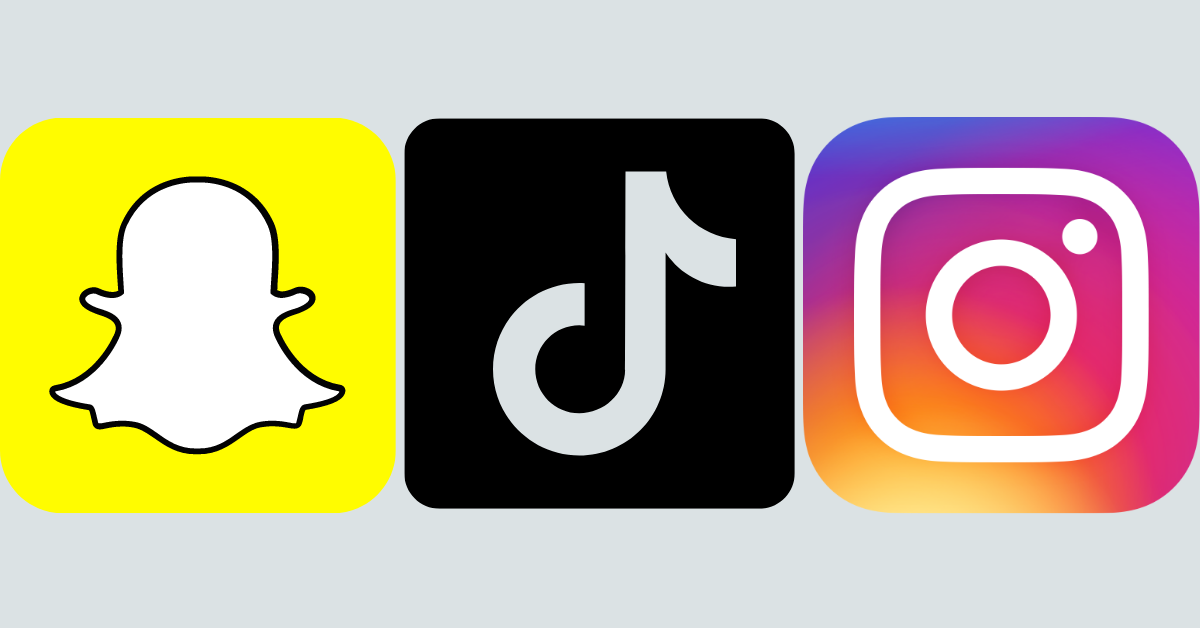
 Facebook parent Meta and Snap are increasingly being asked by investors about TikTok's impact on their business. TikTok is increasingly getting blamed for rival platforms' troubles. Most recently, the beauty retailer launched a shoppable back-to-school game accessed through Snapchat’s filter menu.Account icon An icon in the shape of a person's head and shoulders. Snapchat said that Ulta Beauty has generated $6 million in purchases and 30 million product try-ons from its Snapchat filter campaigns. Ulta Beauty has launched Snapchat-specific AR campaigns multiple times in the past year. Ulta Beauty and MAC Cosmetics were the first beauty companies to use Snapchat’s shoppable AR lens feature in January 2022. The “majority” of brands’ requests are for TikTok filters, but she has gotten a few for Instagram as well, she said.ĭespite the popularity of competitors’ AR features, Snapchat has a Gen Z audience that remains a draw for many major beauty brand partners. In addition to Fenty Beauty, she has created filters for Nars and One/Size, with more brand filter collaborations coming up this quarter. The creativity on TikTok is unmatched,” said Choi. “ Similar to the beauty community, TikTok communities are conversational, creative and interactive. Participants using the filter in a video could include the campaign hashtag for the chance to win prizes, generating 1.4 million views for videos with the tag. One recent example was Fenty Beauty’s TikTok-exclusive contour campaign, which allowed users to create videos using a “contour guide” face chart filter created by filter creator Grace Choi. TikTok, which expanded its Effect House in April to allow anyone to create their own AR filters for the app, has been attracting more fashion and beauty brands to its filter features to drive UGC. It might just not be keeping up with its competitors in terms of features,” said report co-author and Digiday senior researcher Li Lu.
Facebook parent Meta and Snap are increasingly being asked by investors about TikTok's impact on their business. TikTok is increasingly getting blamed for rival platforms' troubles. Most recently, the beauty retailer launched a shoppable back-to-school game accessed through Snapchat’s filter menu.Account icon An icon in the shape of a person's head and shoulders. Snapchat said that Ulta Beauty has generated $6 million in purchases and 30 million product try-ons from its Snapchat filter campaigns. Ulta Beauty has launched Snapchat-specific AR campaigns multiple times in the past year. Ulta Beauty and MAC Cosmetics were the first beauty companies to use Snapchat’s shoppable AR lens feature in January 2022. The “majority” of brands’ requests are for TikTok filters, but she has gotten a few for Instagram as well, she said.ĭespite the popularity of competitors’ AR features, Snapchat has a Gen Z audience that remains a draw for many major beauty brand partners. In addition to Fenty Beauty, she has created filters for Nars and One/Size, with more brand filter collaborations coming up this quarter. The creativity on TikTok is unmatched,” said Choi. “ Similar to the beauty community, TikTok communities are conversational, creative and interactive. Participants using the filter in a video could include the campaign hashtag for the chance to win prizes, generating 1.4 million views for videos with the tag. One recent example was Fenty Beauty’s TikTok-exclusive contour campaign, which allowed users to create videos using a “contour guide” face chart filter created by filter creator Grace Choi. TikTok, which expanded its Effect House in April to allow anyone to create their own AR filters for the app, has been attracting more fashion and beauty brands to its filter features to drive UGC. It might just not be keeping up with its competitors in terms of features,” said report co-author and Digiday senior researcher Li Lu. 
“In terms of Snapchat falling, it could be a number of reasons. More popular than all social platforms including Snapchat in 2017, owned channels dropped to third place.

This puts both Meta platforms ahead of brand-owned channels such as brands’ websites for AR filter deployment. Facebook came in second place after Instagram. The data shows that Meta-owned platforms have become a top choice for AR filter adoption.







 0 kommentar(er)
0 kommentar(er)
